Do It Yourself
Calculating Your Survival Pace Count
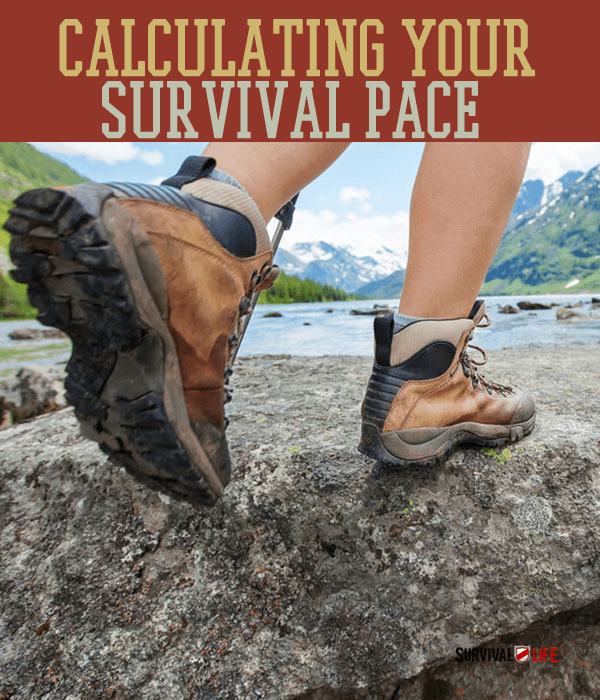
Why & How Do I Calculate Pace Count?
Knowing your pace count gives you a rough estimate of the distance you’ve travelled relative to how many steps you’ve taken.
To find your pace count, travel a known distance – such as the length of a football field or an olympic swimming pool – and count how many steps it takes you to complete a lap. Do this multiple times then average your results; that’s your pace.
One of the most important things you need to know if you’re going fishing, hunting, camping, navigating cross country or spending any significant time away from the street signs or a GPS is your pace count. If you are traveling on foot there is a need for a reliable way to measure how far you have traveled, and this is called the pace count.
Your pace count is unique to you as it depends on your individual step or stride and even upon the load you carry or the terrain you traverse. Many say there is an average pace count out there, but, really you need to know yours, fortunately determining your pace count is as simple as walking a known measured distance.
You may think the pace count is unnecessary with all of our technology from your basic vehicle odometer to more advanced aids such as the GPS or Google maps app that each of use often, but, actually if you look at it in the way that many of us learned math in school, you had to know how to show the work before you were allowed to use the calculator, it’s the same idea, except your pace count is more important to your survival.
In the survival and preparedness mindset, knowing your pace count gives you confidence in knowing that you do not need any mechanical devices to track your distance. Whether you have access to maps that measure distance in meters and kilometers or feet and miles, you can determine your pace count to work for either map.
Calculate A Known Distance
The first thing you need is a measured known distance, and you can do this in a hasty or deliberate method. In the hasty method, you can use existing measured distances to determine your pace count, for example, the distance of a football field from goal line to goal line plus one end zone equals approximately 100 meters. You can use other known distances such as Olympic size swimming pool, which are used for swimming competitions as their standard size is 50 meters in length by 25 meters wide, so you can easily walk the length of the pool and return to get a decent 100 meter pace count.
Another established 100 meter distance is of course a standard running track used for track and field competitions as the standard track consists of a 400 meter track. You can look for the marked distances that identify the 100 meter distance for the 100 meter run or if the track is worn, and the markings are not clear or if the track is not marked, you can still identify the 100 meter distance as each track consists of two straight-away of 100 meters each and two turns that are each 100 meters in length. For a more deliberate way to measure 100 meters, you can use tools such as a measuring tape or distance wheel to a distance of 328 feet which is 100 meters.
Measuring wheels are fairly inexpensive and even available to rent. In some locations, the distance between fixed objects like telephone poles is standardized and spaced at 25, 50 or 100 meters, you can measure the distances between poles to know how far apart they are. Another option is to use your vehicle odometer to measure out .6 miles as that is equal to approximately 1000 meters then you can walk the 1000 meters counting your steps and divide the number of steps taken by 10 to give you your 100 meter pace count. Simply mark the start and end points of the distance with something that will not be easily moved like a fair-sized rock and prepare to walk.
Once you have identified the 100 meter or 1000 meter course, it’s time to walk, some will tell you to count every step, I recommend counting every other step as you walk the course. You can decide which foot you want to use in counting every other step. I personally count when my left foot strikes the ground. I recommend you move to the start point and step off with your left foot, then right and then count “one” when your left foot strikes the ground and continue to count every time your left foot strikes the ground until you reach the 100 meter mark.
As you walk, try to step as you normally would, try not to exaggerate your stride or change the speed of your normal walk as you will be tempted to do. At the end of the 100 meter course you will have your pace count, my pace count is 60 and that is about average, but yours may be different.
Now, you must confirm your pace count by walking the course again. It’s best to walk the 100 meter distance several times to confirm your pace count and at the end of doing so, you will have your pace count on fairly flat terrain. Remember this number and you will always know how far you have traveled and how to measure distance as you travel in the future.
As you travel you will need to keep track of how many 100 meter units you have traveled and there are many ways to do so, from using “ranger beads” otherwise known as pace count beads, pebbles or by making tick marks on paper as you go. Ranger (pace count) beads can be purchased or constructed; there are many instructions to be found online. The use of pebbles or small rocks is a common practice as well in that you find 10 small pebbles or small stones and place them in one pocket, and as you walk you move one pebble/stone (that represents 100 meters traveled) to a different pocket, and this works OK. I would caution that if you fall or have a hole in your pocket you may lose all or some of the pebbles/stones. I personally use a permanent marker to make a tick mark on my map for every 100 meters traveled, but feel free to experiment and see which method works best for you.
Special Considerations
It is best to use terrain that is similar to the route you plan to traverse when determining your pace count. If you cannot do so, just use semi-flat terrain and be aware that terrain, your load and weather conditions will impact your pace count. For example, If you are traveling downhill, your paces will be larger and therefore, your pace count will be about 20% less than your normal pace count for 100 meters and if you are traveling uphill the opposite is true as you will take smaller steps and will have about 20% more steps than your normal pace count to walk 100 meters.
Personally, if I am walking downhill, my pace count will be about 20% less than normal of 60 paces and end up being about 48 paces to equal 100 meters and if I’m traveling uphill I will have to add 20% to my normal 60 paces and my uphill 100 meter pace count will end up being 72 paces. You can practice uphill and downhill pace counting to confirm those pace counts. If you’re carrying a heavy load in a rucksack or backpack that will impact your pace similarly as well and you can also walk your 100 meter known distance to determine your pace count with load.
Conversion Formulas
If you are using a map that measures distance in feet you can easily convert meters to feet by using the following formulas:
Meters to feet:
There are 3.28 feet in one meter. So, multiply meters x 3.28 to get feet. For example, 100 meters x 3.28 feet = 328 feet.
Kilometers to miles:
1 mile = 1.6 kilometers (rounded)
1 kilometer = 0.6 miles (rounded)
So take the number of kilometers and multiply by 0.62 to get the number of miles.
Feet to meters:
Multiply the number of feet by 0.304 to get your answer in meters. For example, 1000 feet x .304 meters = 304 meters
Miles to kilometers:
1 mile equals 1.6 kilometers (1600 meters).
1 kilometer (1600Meters) = 0.6 miles.
It’s easiest to multiply the distance in miles by 1.6 to get the distance in kilometers. For example, to convert 5 miles into kilometers simply multiple 5 x 1.6 kilometers = 8 kilometers.
Check out these related articles:
How To Test Your Family’s Survival Skills
The Two Most Important Survival Tools – Skills
29 YouTube Survival Skills that Could Save Your Life
Like this post?
Be sure to like us on Facebook so you can be the first to know about latest survival tips and off the grid living skills.
-

 Do It Yourself7 months ago
Do It Yourself7 months agoParacord Projects | 36 Cool Paracord Ideas For Your Paracord Survival Projects
-

 Do It Yourself9 months ago
Do It Yourself9 months agoHow To Make Paracord Survival Bracelets | DIY Survival Prepping
-

 Do It Yourself9 months ago
Do It Yourself9 months ago21 Home Remedies For Toothache Pain Relief
-

 Do It Yourself10 months ago
Do It Yourself10 months agoSurvival DIY: How To Melt Aluminum Cans For Casting
-

 Exports8 months ago
Exports8 months agoAre Switchblades Legal? Knife Laws By State

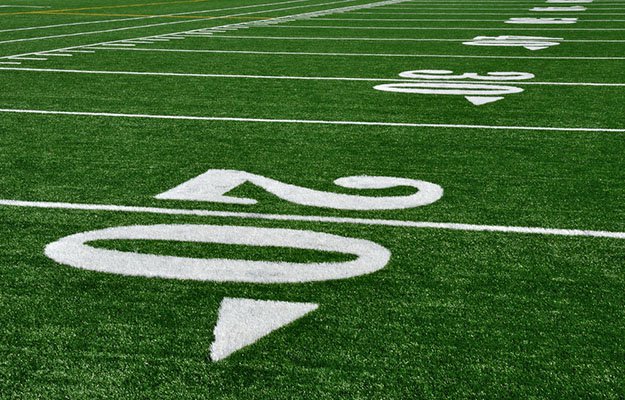
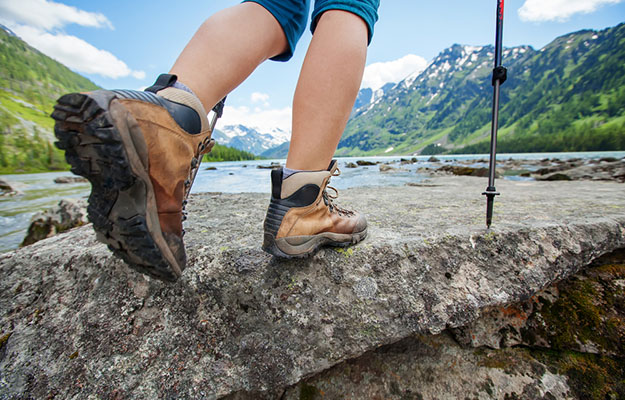
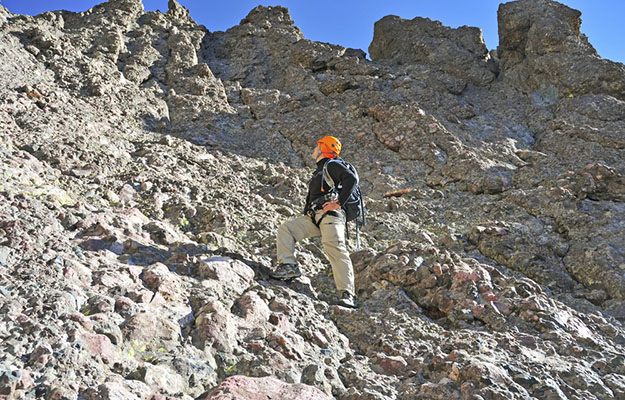



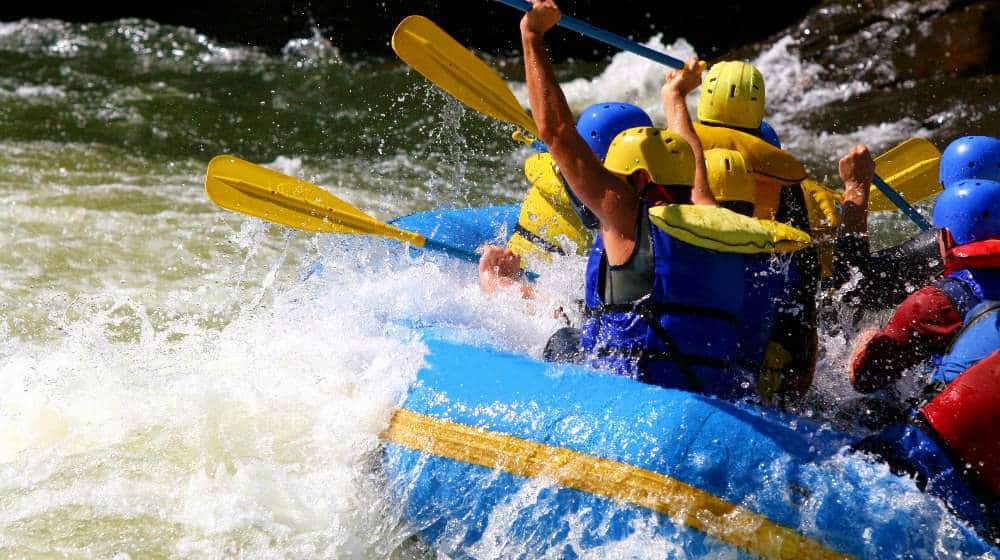




tim johnson
June 23, 2014 at 11:46 AM
thanks for the pace count info. didn’t know about the football field and pool measurements, that helps.
Lauren J
June 24, 2014 at 9:25 AM
Good to hear, Tim. It’s one of those skills that you’d never think of until you read something like this.
Great Grey
December 22, 2014 at 11:41 PM
Your pace count will change from flat ground to hills. It will increase going uphill and decrease going downhill so what’s 100 paces on level ground may change to 120 uphill or be only 85 going down the same path. How much it changes varies with how steep it is and how heavy a load you have. This in not anything again pace counting just that when you retrace your path your check points may not be where you expect them.